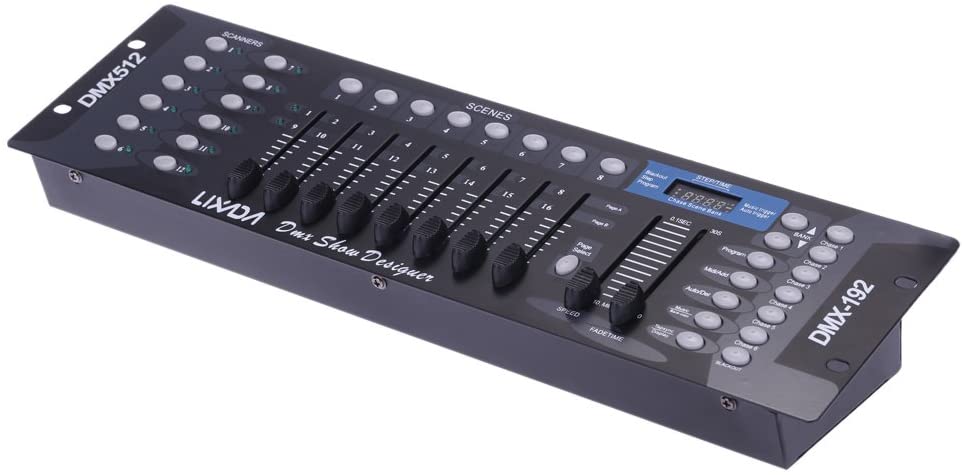Here in the UK, electrical equipment requires a Portable Appliance Test (usually referred to as a PAT test, despite the doubling of words). The process involves a visual inspection and continuity etc tests using a special piece of gear. Technically the test can be done by ‘any sufficiently competent person’, though organisations do tend to pay a qualified ‘sparky’ [UK slang term for electrician] to do it.

The photo to the right turned up in my mailbox the other day – it’s the power supply to the lighting desk in the school hall, and as you can see, those pins are somewhat bent. It’s a very old 12 channel DMX desk (just 2 banks of 12 faders plus masters), and we’re not sure if we can even get another power supply. Just to be clear, that’s pretty much an instant fail on the visual inspection part of a PAT test,
Fortunately, I have a Chauvet Obey 40 clone sitting in my storeroom that was bought for my secular (modern country) band but never used, as we’ll probably shift to using LightKey on a Mac eventually. More than enough DMX channels, programmable, takes up less space and (in an emergency) takes any generic 9V 500mA power supply (‘borrow’ one off your electric guitarist :D).

So Friday’s job was finding it, finding a power supply, wiring it in (fortunately I remembered ahead of time that the school hall’s lights present on a 5 pin DMX connector, and bought a 5 to 3 pin converter!), and attempting to figure out which lights were on which channel.
As it stands (and this may change during the lifetime of this blog) we have 24 assorted fixtures up in the roof which (judging from how warm they make the stage) are incandescent single-colour lights: for now we just have 5 presets on the desk – all, none, left, right and middle.
